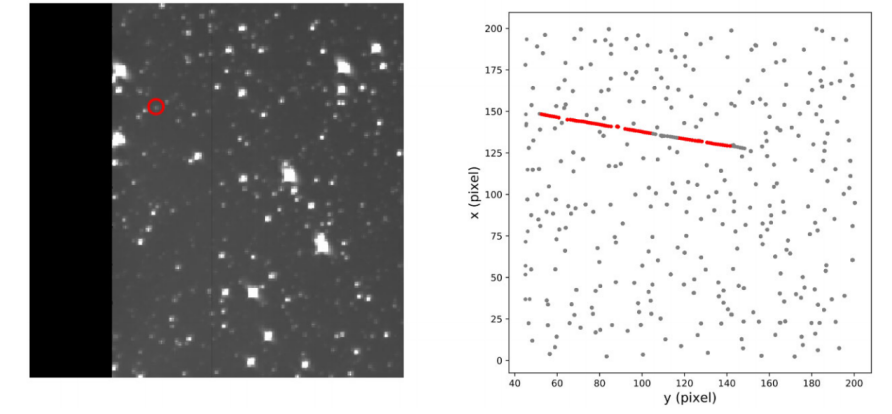In the solar system, numerous small bodies have been discovered mainly in the asteroid Main-belt, Kuiper-belt and Oort Cloud, which are remnants of the planetesimals at early stage of the solar system, thus keep some crucial information about the planetary formation of the solar system. These small solar system objects (SSOs) have undergone dynamic, collision and weathering evolution, these procedures shape their present physical properties and distributions. Therefore, the physical properties (i.e., size, shape, spin, surface composition, density, internal structure and mass) of a larger sample of the small SSOs can help us to understand the origin and undergone evolution of themselves, even the planetary formation in the solar system. However, due to limited size, most small SSOs are too faint to get direct imaging with telescopes, and photometric light curve inversion is almost the unique way to characterize them. Furthermore, it is not easy for a small SSO to accumulate enough photometric data which the light curve inversion needs. That’s why only a few small SSOs’ physical parameters are known up to now.
In the near future, a sky survey of the Chinese Space Station Telescope (CSST) with an aperture of 2.0m can overcome the shortage of observing data for small SSOs. The CSST will be launched in 2025, it has merits of large coverage of sky area and strong detection ability. During its 10-year survey operation, huge photometric data of small SSOs passing field of view of the CSST could help to bring the breakthroughs in the study of origin and evolution of small SSOs.
WANG Xiaobin, a professor working at Exoplanet / Solar System Asteroid Research Group of Yunnan Observatories, Chinese Academy of Sciences (CAS), is the Principal Investigator of the project "Precise Measurement of physical parameters of small SSOs" under the frame of "The study on observation strategy and method of celestial objects of the Solar System with the CSST", one of the first CSST scientific research projects. Through investigation, she led a team to get an estimation that more than 200 thousands known small SSOs can be observed during the CSST 10-year survey, of which more than 80% are Main-belt asteroids and a small part are small outer SSOs, i.e. KBOs, TNOs and so on.
Because the survey images of CSST are crowded with numerous kinds of celestial objects and the data are huge, how to identify the small SSOs and extract their photometric data from the CSST survey images are the key points for the issue to be solved. Through great efforts, Professor WANG Xiaobin supervised a Ph.D. student Xu Xiaoyun to develop a new method with the aid of the machine learning technique, with which small SSOs in the survey images can be identified intelligently and related photometric data can be extracted automatically. The new method has been applied to two running survey projects, one is the Yunnan-Hong Kong Wide Field Photometric Survey (YNHK Survey) based on a ground-based telescope, and another is the TESS space survey. As examples, Figure 1 and Figure 2 show the searching results for fields observed by the YNHK survey and the TESS survey, respectively.
The above results have been published recently in the international astronomical journal MNRAS (2023, 521, 3925-3938). In the future, this method and the relative pipelines will be applied to the CSST survey images to intelligently identify known small SSOs and automatically extract their photometric data. More importantly, the method can be used to discover and study new small SSOs in the CSST sky survey, especially small outer SSOs.
Contact:
WANG Xiaobin
Yunnan Observatories, CAS
Email: wangxb@ynao.ac.cn

Figure 1. An example of the YNHK survey CCD image in the May-Jun sky area, red circles enclose the identified asteroids (18862) Warot, (13739) Nancyworden and (8007) 1988 RU6.

Figure 2. Left panel: The TESS original image, the red circle encloses the identified asteroid (1036) Ganymed. Right panel: The tracklets of (1036) Ganymed are represented with red lines.